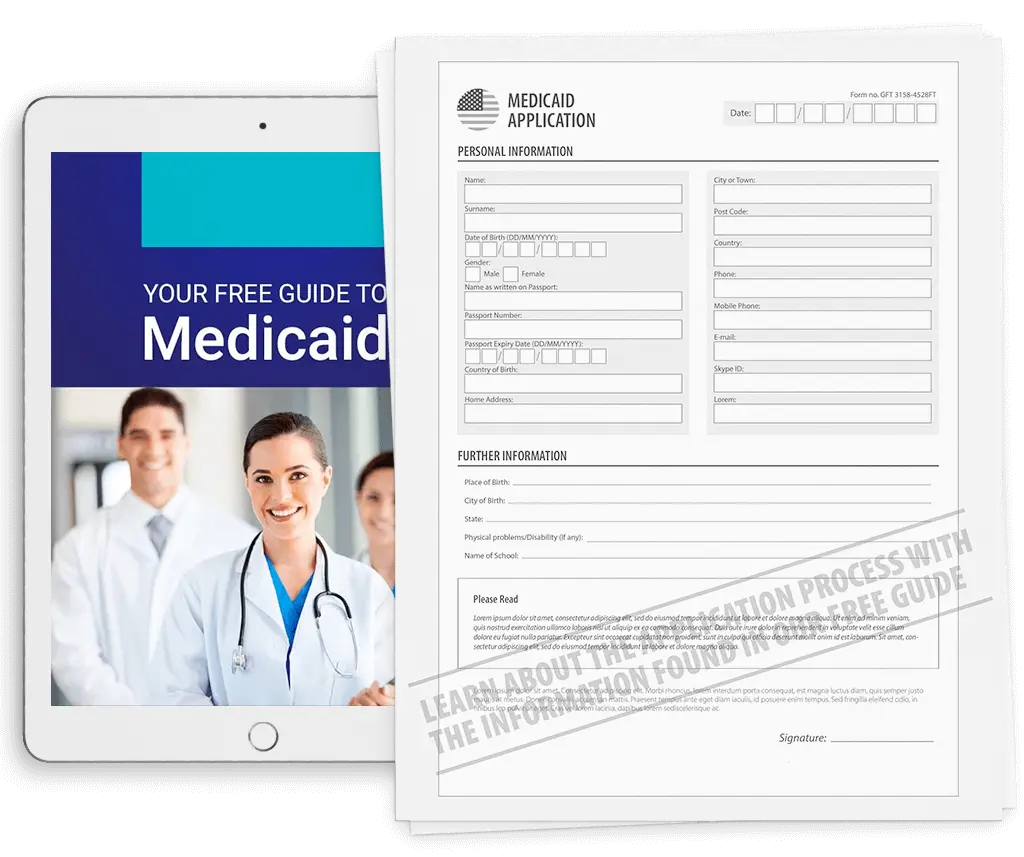Medicaid is a form of healthcare developed by the federal government and administered at the state level. The program provides healthcare coverage for U.S. residents with a low income and other U.S. residents who demonstrate qualifying medical needs.
Initially designed to provide healthcare coverage for the unemployed, Medicaid has expanded over the years. Available Medicaid services vary depending on the specific program for which a beneficiary qualifies, and eligible Medicaid recipients can choose between participating medical providers in each state.
If a Medicaid applicant has accurate information about Medicaid and meets the eligibility requirements for the program, he or she can benefit from free or low-cost healthcare. For more answers to the question “What is Medicaid?” please see the following sections:
- General information about Medicaid coverage
- What is Medicaid expansion under Obamacare?
- Medicaid eligibility requirements
- Duration of Medicaid and caps on Medicaid payments
General Information About Medicaid Coverage
Medicaid has been the nation’s primary source of health care since the Social Security Amendments of 1965. The program grew in the 1980s, when the federal government administered waivers to different states. These waivers lead to the creation of Medicaid managed care programs.
The Medicaid financing structure comprises four main pillars, including the Federal Medical Assistance Percentage (FMAP), Disproportionate Share Hospital payments (DSH), Enhanced Matching Rates and State Financing of the Non-Federal Share. Currently, Medicaid represents $1 of every $6 spent on health care in the United States. The average cost of Medicaid per person varies from state to state.
The scope of Medicaid benefits that a recipient is entitled to depends on who is applying for coverage. Typically, coverage includes doctor visits, hospital stays, medical care and tests, although the specifics may change from state to state. Private health plans cover all of a recipient’s health care needs under Medicaid, and since 26 states teamed up with Managed Care Organizations (MCOs) in 2014, the elderly and beneficiaries with disabilities have been able to receive long-term care.
Generally, women eligible under the Cancer Program, pregnant women, children, adults with dependent children, and aged, disabled or blind adults will be granted Traditional Medicaid, whereas adult caretaker relatives and adults on Family Medicaid programs will be granted Non-Traditional Medicaid. Contacting a Health Program Representative (HPR) can make it easier for a Medicaid beneficiary to select a plan, whether it is Traditional Medicaid or Non-Traditional Medicaid.
What is Medicaid expansion under Obamacare?
Each state’s eligibility requirements for Medicaid differed before the Affordable Care Act (ACA) (also known as Obamacare) expansion. Some of these eligibility requirements were considerably narrow and left some working adults without insurance.
However, the state and federal joint-funded program has experienced growth under the Affordable Care Act (ACA), which allows states to receive federal funding in exchange for loosening Medicaid eligibility guidelines. Because of federal level budget financing discussions, a larger group of low-income Americans now qualifies for Medicaid. The following list shows how individual states decided to participate in ACA Medicaid expansion:
- States expanding Medicaid – AZ, AR, CA, CO, DE, DC, HI, ID, IL, IA, IN, KY, LA, ME, MO, MD, MA, MN, MT, NE, NH, NV, NJ, OK, UT, NM, NY, ND, OH, OR, PA, RI, UT, VA, VT, WA, WV
- States not currently expanding Medicaid – AL, FL, GA, KS, MS, NC, SC, SD, TN, TX, WI, WY
What Are the Medicaid requirements?
While the number of states participating in the Medicaid expansion has grown, some of the program’s eligibility requirements remain the same. Strict Medicaid eligibility guidelines require each beneficiary to have a Social Security Number, demonstrate U.S. Citizen or qualified non-citizen status and reside in the state where he or she applies for healthcare benefits. Medicaid recipients must also be one of the following: aged 65 or older, permanently disabled, blind, pregnant or a parent/caretaker/child.
Learn About the Duration of Medicaid and Caps on Medicaid Payments
Federal guidelines state that the amount, duration and extent of Medicaid services must be sufficient to cover the medical needs of eligible beneficiaries. Medicaid operates under a vendor payment program, which may involve copayments, coinsurance and deductibles. The federal government does not apply a limit to the total amount of Medicaid expenditure in each state.
